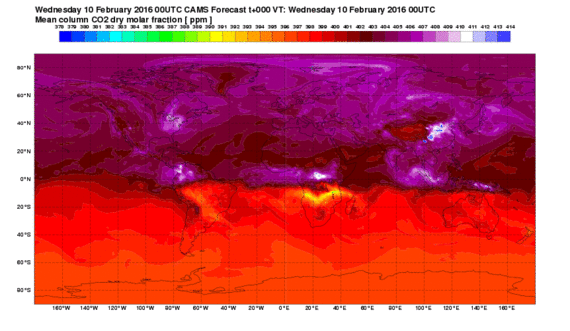- September 23, 2011
- in Green Tips
- by marcos
- 803
- 0
Good advice from our Friends at UL
Dryer Fires and How to Prevent Them
In most homes, the clothes dryer has become an indispensable part of family living. And for families with children, laundry often seems never-ending. But, many families don't know that clothes dryers can be a leading cause of fires in the home — approximately 15,000 every year. At UL, we rigorously inspect, certify and test dryers while they are still in the factory to ensure that safety standards are met. Once you bring them home, a little preventative maintenance can keep them in good working order.
What causes fires?
One of the most common causes of dryer fires is lack of maintenance. When lint traps aren't cleaned as often as they should be, the resulting build-up in the screen or other possible overheat — with dangerous consequences. Vent systems must also be checked and cleaned to maintain proper air flow for the same reasons.
Problems may also occur if consumers place improper items in their dryers, such as foam backed rugs or athletic shoes, or vent their appliances with plastic or vinyl exhaust materials. Make sure that whatever you put in your dryer is approved and safe to place in a dryer. When in doubt, check the washing instructions on the tag of the clothing or consult the Manufacturers website for more information.
What can you do?
An important safeguard your family can take is to ensure that your dryer has rigid or flexible metal venting and dusting materials to help sustain airflow.
This will also reduce operating costs and extend the life of the dryer and clothing due to lower drying temperatures.
Additionally:
ï‚· Clean the lent trap before and after drying each load of clothes.
ï‚· Don't forget to clean the back of the dryer were lint can be trapped.
ï‚· The interior of the dryer and venting system should be cleaned periodically by qualified service personnel. If you notice the drying time is longer, clean the vent system thoroughly to ensure proper airflow.
ï‚· Replace plastic or vinyl exhaust hoses with rigid or flexible metal venting.
ï‚· Do not dry clothing/fabric on which there is anything flammable (alcohol, cooking oils, gasoline, spot removers, dry-cleaning solvents, etc.) Flammable substances give off vapors that could ignite or explode.
ï‚· Don't forget to read manufacturers' warnings in use and care manuals that accompany new dryers. Also, warning markings can usually be found on the inside of the dryer's lid and take only minutes to read.
Did you know that?
ï‚· Clothes dryers can be found in 80 percent, or 81.5 million homes throughout the United States.
ï‚· A full load of wet clothes placed in a dryer contains about one half gallon of water. As water is removed, lint is created from the clothes.
ï‚· Clothes dryers are one of the most expensive appliances in your home to operate. The longer it runs, the more money it costs you.
ï‚· The U.S. Consumer Products Safety Commission (CPSC) estimates that 15,500 fires associated with clothes dryers occur annually. These fires account for an average of 10 deaths and 310 injuries and more than $ 84.4 million in property damage annually.
ï‚· On a positive note, the number of clothes dryer fires has dropped by 35 percent from 24,000 fires that occurred annually, on average, in the late 1970's.
How UL has helped reduce dryer fire risks
UL has worked with the Association of Home Alliance Manufacturers (AHAM) and the CPSC to reduce the number of clothes dryer fires. Changes have been made to UL's Standard for electric clothes dryers to include instructions that lint be cleaned regularly from areas around the dryer and lint screen; routing wiring and keeping other electrical components away from heat-producing devices; and abnormal operations tests that simulate a blocked lint screen and exhaust at 25, 75 and 100 percent blockage.


